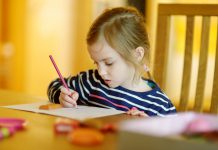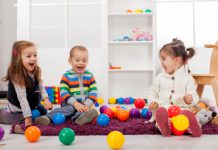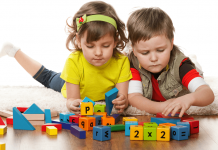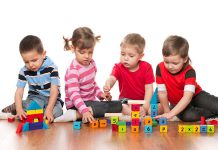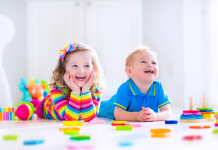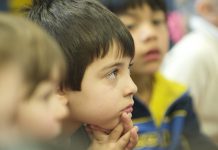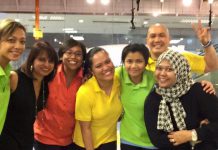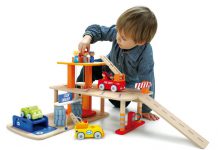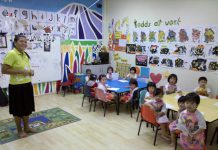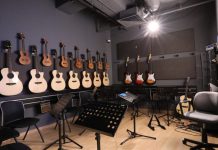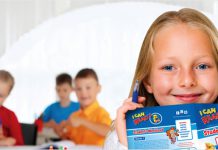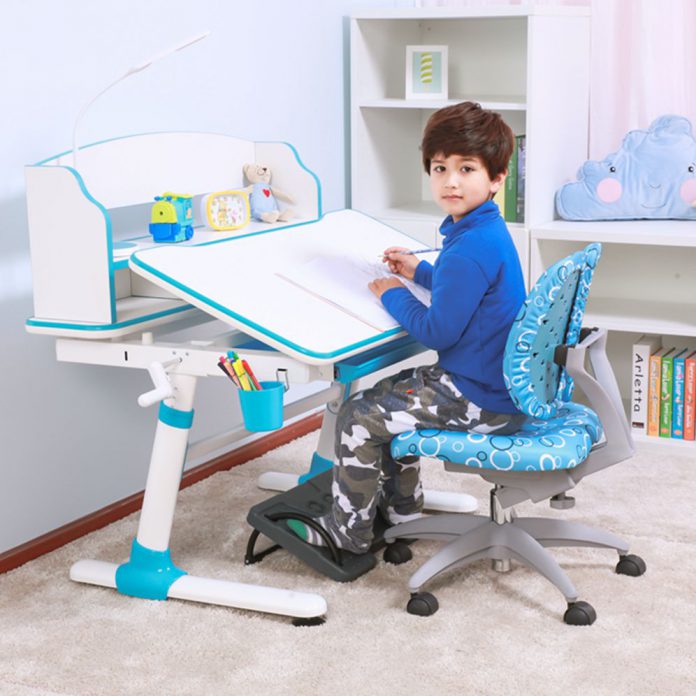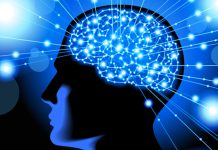To make everyone’s living space useful, mess has to be organised and storage space simplified.
Here are some key areas you need to think about when organising a space where your growing child can spend some fruitful hours a day.
THINK ENVIRONMENT
Lighting
Lighting is an important element in a study. Research indicates that myopia, fatigue and computer vision syndrome are caused by poor lighting.
There are two types of lighting: direct and indirect. You should always opt for a combination of direct light for the work surface and some form of indirect or diffused background light.
Indirect lighting helps to create an overall balance of illumination and can be natural light or artificial light.
Three types of light bulbs can be used: incandescent, fluorescent or halogen. Halogen lights provide clean, focused white light and are energy efficient. But they can give off a lot of heat. Be mindful of this when you have young children.
Direct light often comes in the form of table lamps. For these, white incandescent task lights are most useful as yellow lights are mood lights and strong directed beams can affect concentration and eyesight.
Choose a desk lamp with a flexible arm that gives a strong, directed and adjustable light on your work area. Remember that it should be placed on the opposite side of the writing hand to prevent shadows falling on the work as your child writes.
Colour
Colours affect the way we feel and this is no different with children.
Natural colours heighten clear thinking and is conducive for quiet study. Natural colours like white or shades of white, create an atmosphere of spaciousness, simplicity and calm. Avoid dark colours as they make the entire room feel gloomy. Light colours reflect light and create a more spacious feel.
Temperature
The human mind is conditioned to work at optimum temperatures of 20—24 oC. The right temperature aids concentration and reduces distractions.
Ventilation
Proper ventilation is essential for your child’s well-being. Strive for good air quality by choosing a place near windows and create an avenue for some form of fresh air if there is no air-con.
THINK ERGONOMICS
Ergonomics is the study of how we physically interact with the tools we use. The arrangement of your desk, chair and equipment can have adverse effects on health. Carpal Tunnel Syndrome and myriad back problems can arise from an unhealthy setup of a study. So invest in ergonomic furniture whenever possible.
Chair
Buy a good chair and your back will thank you.Choose a chair with a back that inclines inwards to support the lumbar area. The contours of a chair should form the natural curves of the spine. Its back should be wide enough to support shoulders. If using a household chair, add a wedge cushion called a lumbar roll to prevent back strain and slouching. Chairs with armrests take the weight off neck and shoulders. Lower arms allow children to pull the chair close to the desk.
Foot Rest
A foot rest can work wonders. They can relieve pressure from thighs, knees and ankles and hence reduce the strain on legs.
Desk
If you like wood surfaces, maple wood is a good choice. Plastic laminates are a good alternative too. An L-shaped table allows for a large work area. It fits into neat corners to free up extra storage space. As a guideline, a worktop should not measure more than 80 cm as most people’s reach is 75 cm. The height of the table should be 74 cm and 78 cm for chairs with castors. These can be adjusted to suit a child’s height.
THINK STORAGE
Storage should be functional and durable. Choose ones that are flexible and provide maximum use of space.
Bookcases And Shelves
A bookcase should have a depth of at least 40 cm to contain all large reference books and arch files.
Shelves are a less expensive form of storage. For tiered shelving, allow 90 cm clearance between shelves and each self should be minimum 2 cm thickness to prevent sagging under heavy items.
Magazine holders are inexpensive, neat and make a practical system for categorising storage.
PERIPHERALS
Managing time and lifestyle can be easy if kids take just 10 mins everyday to organise their desks and schedule tasks.
Get them into that habit. Notice boards or magnetic whiteboards can help them to be more focused with daily planning and goal setting.
INSPIRATION
Plants
Plants add aesthetics, colour and fragrance to the atmosphere. They relax eyes and soothe young minds. They also give off oxygen and that is great for young brains!
Music
Realise the power of soothing background music. It relieves stress and puts the mind at ease for better absorption. Mozart’s music is known to aid effective learning.
Aromatherapy
Lavender oil helps relaxation while peppermint boost the minds’ concentration level and helps them to focus better.

